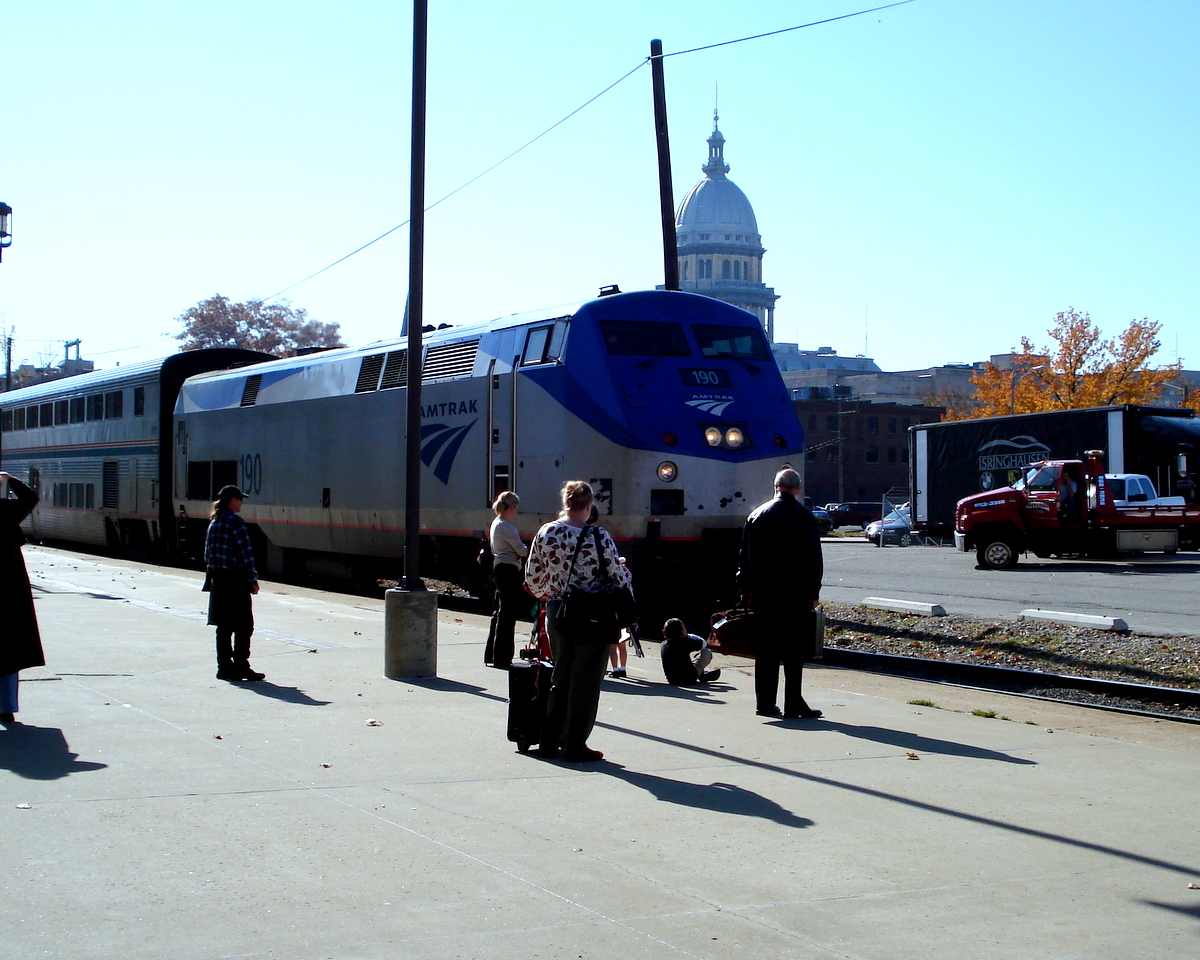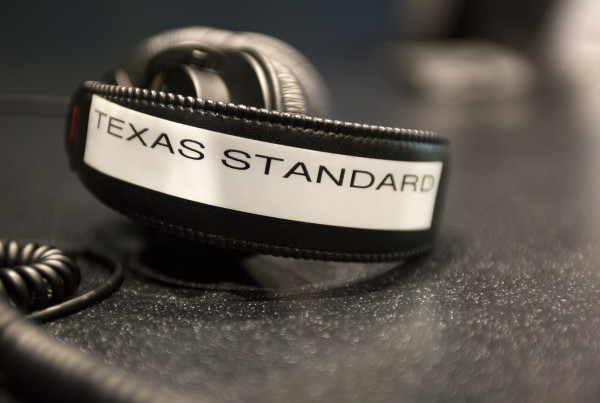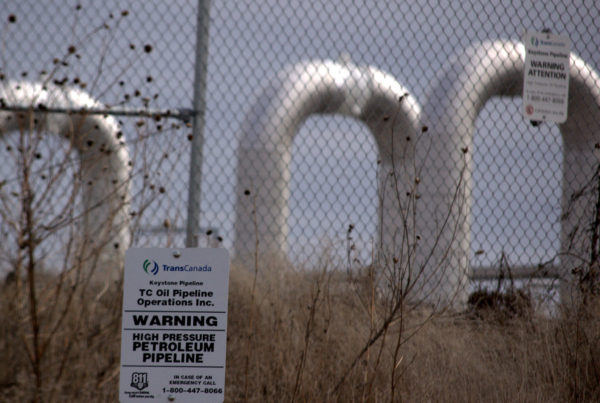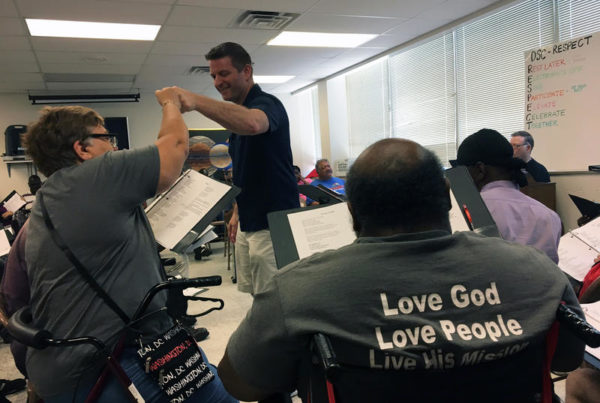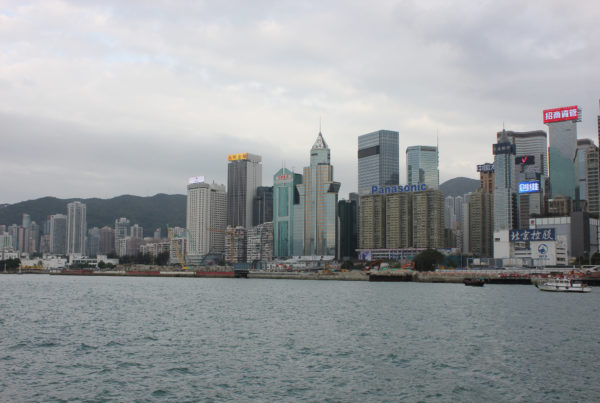In Washington, the House Transportation Committee is working on its final budget resolution. As part of it, they’re deciding how much money to allocate to Amtrak. The Trump administration’s budget proposal advocates cutting federal subsidies for Amtrak’s long-distance service by $630 million. That would cause closures to stations across the country, including Alpine, Texas.
On a sunny Saturday, about two dozen people protested across the street from Alpine’s Amtrak station as part of a national “Rally for Trains” day of action.
Gwynne Jamieson is one of the organizers.
“To cut a train like Alpine has is really destructive,” Jamieson says. “We have 5,000 passengers a year going through our train station. It may not seem like much, but considering our population is 6,000, practically everybody uses the train.”
The National Association of Railroad Passengers says the proposed budget cuts would mean the end of Amtrak service to more than 220 cities and towns across the country, Including Alpine.
Resident June Adler says losing the service would be a life-changing inconvenience.
“To go to an airport, it’s so far away from here, that we just probably wouldn’t go there. We may have to move,” she says.
Current proposals cut the Department of Transportation’s budget by $2.4 billion, eliminating all federal subsidies for the country’s 15 long-distance train routes.
These routes carry more than 4.6 million passengers per year, but lost Amtrak nearly $500 million in 2016. White House officials say Amtrak has long been inefficient, and that the budget cuts would allow Amtrak to focus on better managing its state-supported and regional services.
But in a recent hearing before the House Transportation Committee, Amtrak CEO Charles Moorman said long distance fares are essential in covering the company’s overall operating costs.
“The long distance fairs – which are roughly $500 million a year – cover the fuel costs, cover the crew costs, and cover the base operation of the network,” Moorman says. “The net result of an abrupt change like that would essentially be to stop investing in the Northeast Corridor – we would not have the cash.”
The Northeast Corridor line is the backbone of the country’s intercity passenger rail network, which covers Boston, New York City, and Washington. It carries more passengers than any other line in the country.
In Alpine, train advocates’ concerns hit close to home. Keeli Vaughn is concerned about the economic impact of losing Amtrak.
“We need the thousands of jobs in this area that Amtrak has brought. So, save Amtrak,” Vaughn says.
Martha Gluck worries about safety.
“This is a needed artery,” Gluck says. “I’m thinking, if there’s an emergency in this area, the train might be the only way to get through.”
But not everyone in Alpine believes cutting Amtrak would be so bad. Jacob Brents, a college student, just happened to be passing by the rally on his lunch break.
“If they’re going to shut it down to make something better, than y’know, do it,” Gluck says. “There are so many other options we could do. It depends on how much money we save from this and where we’re going to put it at.”
The House Transportation Committee is expected to propose budget resolutions today.



